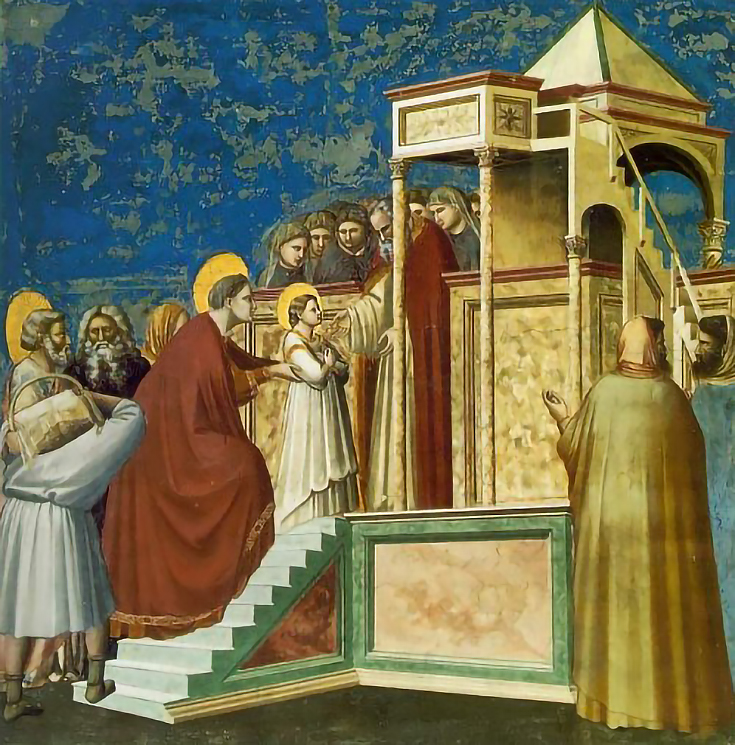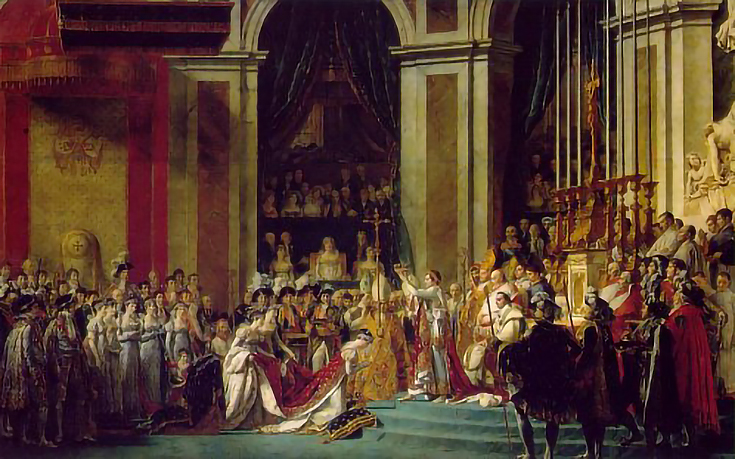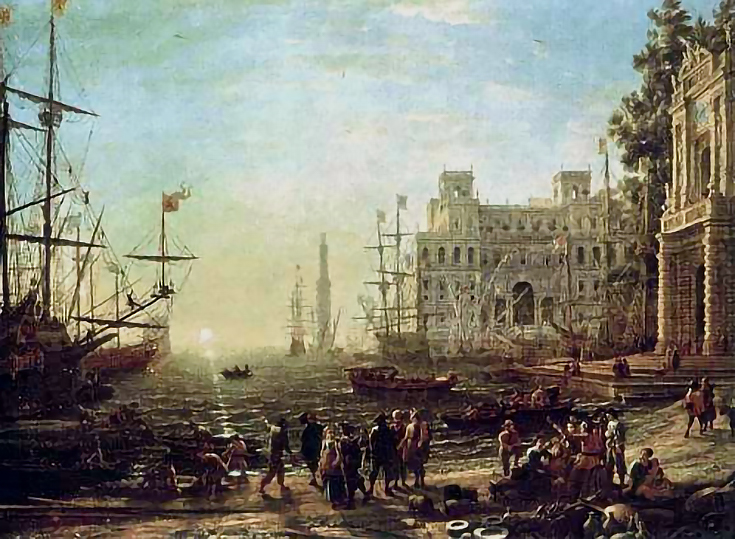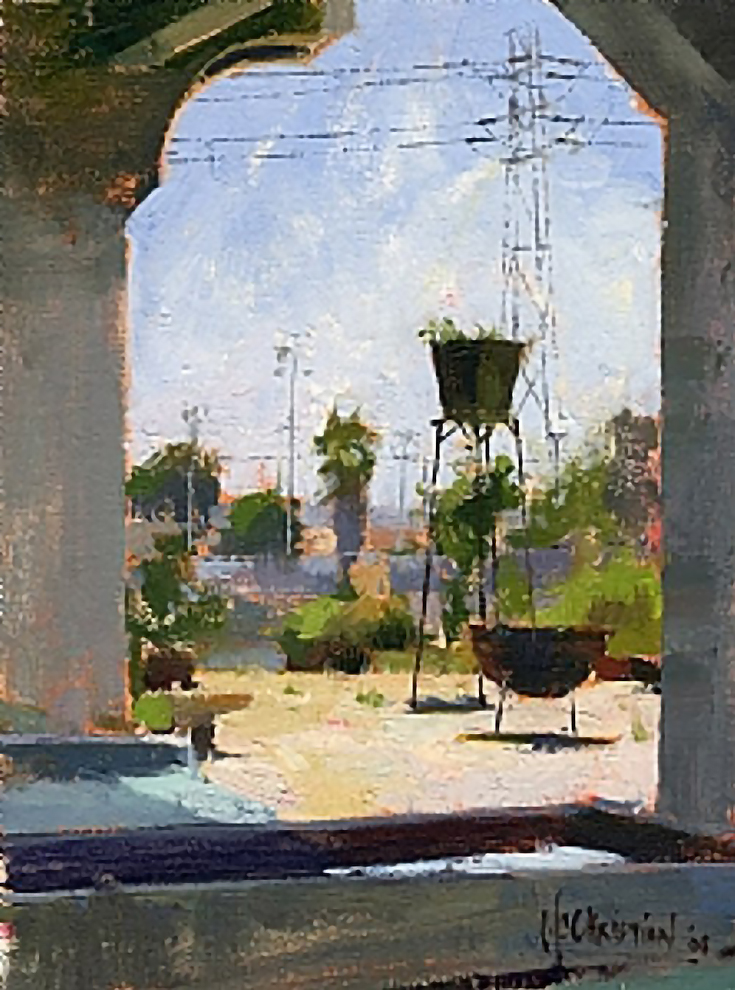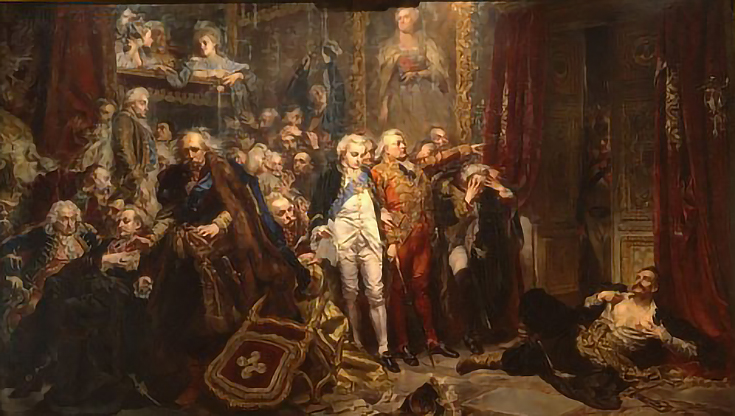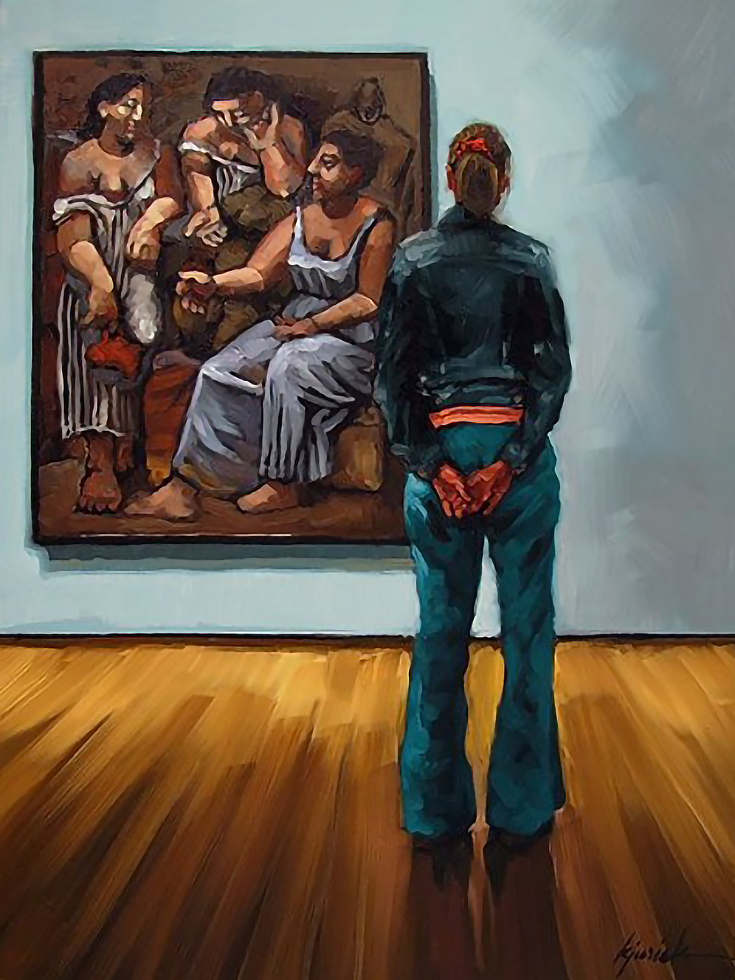Few things in this world capture our attention like a great introduction. Remember Ed McMahan’s famous line, “Heeeerrre’s Johnny”? Or how about those famous opening notes to Beethovan’s Fifth Symphony—da da da DUM!!
These types of introductions pique our interest, build anticipation, and force us sit up and take notice. In art, there’s a visual technique that does something similar: it’s called repoussoir.
Repoussoir (pronounced reh-poo-swahr from the French verb répousser, meaning “to push back”) has been used for centuries by artists who want to focus attention and add interest to their art. It’s simple, too. Just by placing certain types of objects close to the painting’s edges, you can guide the viewer’s eyes towards your central theme.
As you’ll see in today’s article, these objects can be people, animals, buildings, an area in deep shadow or some combination of all of those.
Here are four specific methods that should always work:
1. Paint people or animals looking a certain direction
Natural curiosity will cause people to turn their heads to see where another person or animal is staring. Some artists used this human tendency as a compositional tool began as early as the 1300’s.
The example above is 14th century Florentine painter Giotto di Bondon’s Presentation of the Virgin. Inward gazing figures located at both edges of the painting direct our attention toward the central theme.
Five hundred years later, Jacque Louis David used the same strategy—people gazing—in his Coronation of Napoleon, where viewers of the painting quickly become part of the audience.
Notice also how the people closest to the foreground are thrown into dark shadow. That’s a second repoussoir method.
2. Use dark shadows and objects to frame your subject
In the 17th century Claude Lorraine used this strategy in many of his works including Seaport (Villa Medici), below.
Claude placed a ship blanketed in darkness on the left side, and additional shadows all across the bottom edge. This composition continually works to brings your attention to the center, and to other areas of light.
Today, repoussoir is still as effective as it was 400 years ago—many current plein air and landscape painters create compositions that use similar shadow techniques.
Below is a gorgeous landscape painting by Clyde Aspevig which masterfully utilizes that very principle. It’s entitled, Evening Near Monte Puluano.
3. Put the viewer partially behind objects
Although it may be somewhat counter-intuitive, hiding portions of your painting from your viewer can actually increases their interest.
17th century artist Johannes Vermeer used a few variations of this particular repoussoir technique. In The Art of Painting, for example, he puts the viewer behind a curtain—allowing us only a partial view into the studio of an artist.
Present-day painter Jennifer McChristian’s Almost Paradise uses a shadowed architectural arc and columns to pull our focus out into the brighter, sunlit world.
Jennifer places us behind columns and arches very much like Vermeer did in The Art of Painting. . . except this time we are on the inside looking out.
4. Get the viewer involved in the action
19th century Polish painter Jan Matejko used two types of repoussoir in his painting, The Fall of Poland, below. The obvious method is his deliberate dark shadows along the sides and bottom edge.
However, there’s also repoussoir interaction between the stricken figure on the lower right and the standing crowd. The viewer can’t help but to become engaged.
Contemporary artist Karin Jurick takes that repoussoir concept one step further. In many of her paintings, she pulls the viewer’s attention over the shoulder of her subject.
As you can see, this effectively makes the viewer, as well as the character within the painting, active participants in the scene.
I hope that if the examples above illustrate anything, it’s that we artists never need to feel restricted to rules and tight interpretations of principles.
Instead, we are free to explore and build upon both new and old techniques—like repoussoir. Try it for yourself, and see where it takes your next painting.
This post may contain affiliate links.
